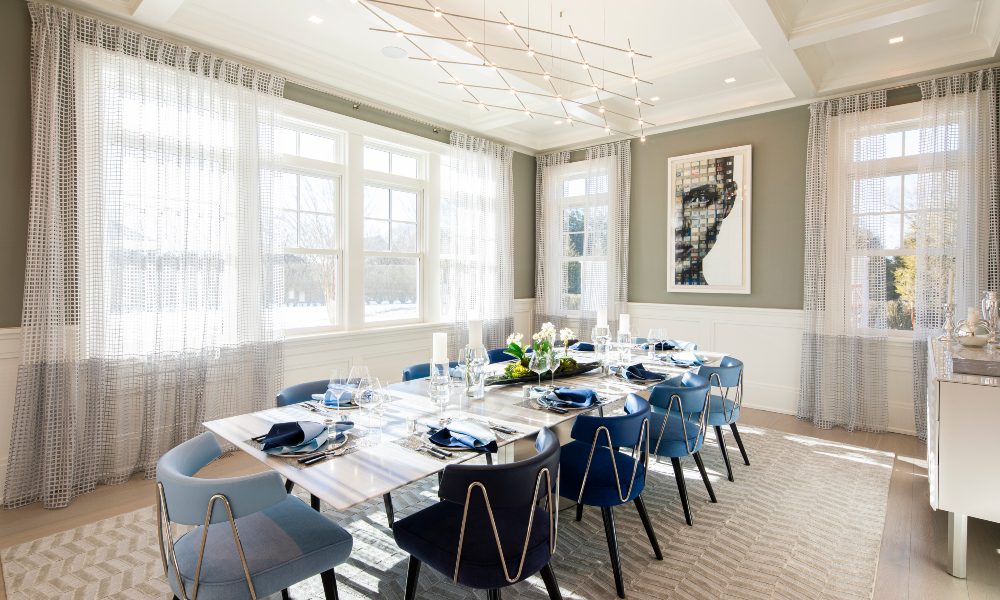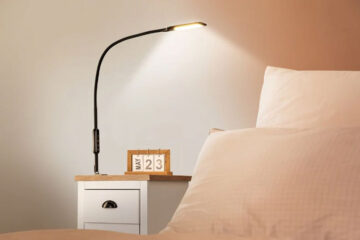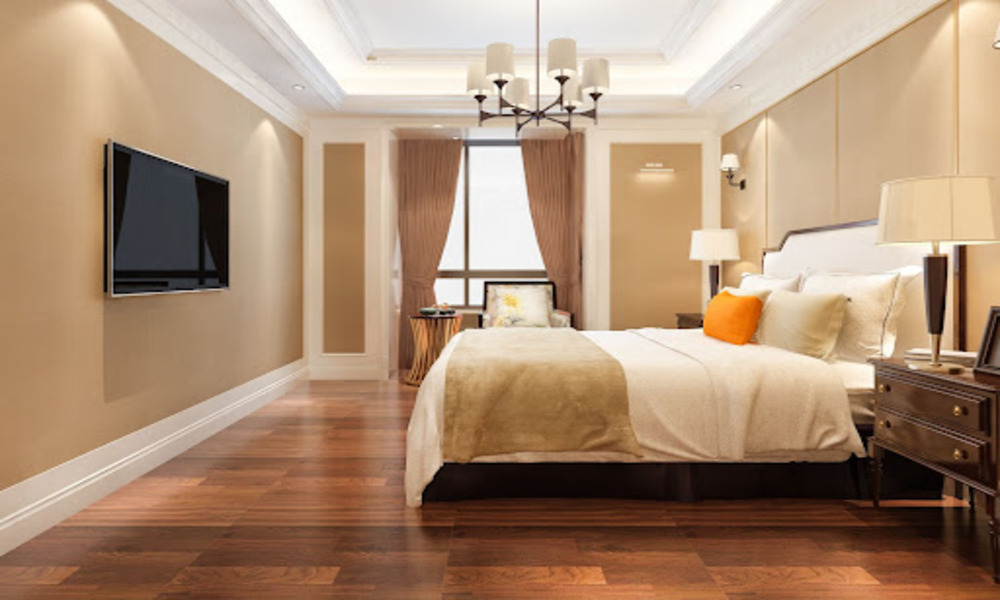
Creating the perfect lighting scheme for your home requires careful consideration and a touch of artistry. The right lighting can transform a space, enhancing its functionality, ambiance, and aesthetics. Whether you are renovating, redecorating, or starting from scratch, understanding the art of home lighting is essential to create a warm, welcoming, and visually appealing environment. Here are some bright concepts to help you master the art of home lighting:
1. Assess Your Lighting Needs
Before diving into the world of home lighting, it is crucial to assess your specific needs and requirements. Consider the purpose of each room and how you want to use the space. Are you looking for task lighting in the kitchen or bathroom? Would you like to create a cozy atmosphere in the living room? Understanding your lighting needs will guide you in selecting the right fixtures and bulbs.
2. Layer Your Lighting
One of the secrets to achieving beautiful home lighting is to layer different types of lighting. A well-designed lighting scheme typically includes three layers: ambient, task, and accent lighting. Ambient lighting provides overall illumination, task lighting focuses on specific activities, and accent lighting highlights architectural features or decorative elements. By combining these layers, you can create depth and dimension in your space.
3. Consider Natural Light
Don’t forget to take advantage of natural light when planning your home lighting. Natural light not only adds warmth and brightness to your space but also has numerous health benefits. Position furniture and window treatments strategically to maximize the natural light in your home. Additionally, consider installing skylights or larger windows to bring in more natural light.
4. Choose the Right Bulbs
The type of bulbs you choose can significantly impact the overall look and feel of your home lighting. There are various options available, including incandescent, halogen, LED, and CFL bulbs. Each type has its own unique characteristics, such as color temperature and energy efficiency. Consider the mood and ambiance you want to create in each room when selecting bulbs.
5. Pay Attention to Dimmers and Controls
Installing dimmers and controls can give you the flexibility to adjust the lighting according to your needs and preferences. Dimmers allow you to create different levels of brightness, which is particularly useful in spaces where you want to create a relaxing atmosphere. Additionally, consider using smart lighting systems that can be controlled remotely, adding convenience and energy efficiency to your home.
6. Don’t Forget About Style
While functionality is crucial, don’t neglect the aesthetic aspect of home lighting. Light fixtures come in a wide range of styles, from modern and minimalist to classic and ornate. Choose fixtures that complement your overall interior design style and reflect your personality. A beautifully designed light fixture can become a statement piece and add a touch of elegance to any room.
7. Experiment and Adapt
Lastly, remember that home lighting is a creative process, and it’s okay to experiment and adapt. Play around with different lighting arrangements, try out various bulb combinations, and observe how the lighting affects the overall ambiance. Don’t be afraid to make adjustments along the way to achieve the perfect lighting balance that suits your unique style and preferences.
Mastering the art of home lighting requires careful planning, attention to detail, and a willingness to experiment. By assessing your lighting needs, layering different types of lighting, considering natural light, choosing the right bulbs, utilizing dimmers and controls, paying attention to style, and embracing experimentation, you can create a well-lit and visually captivating home environment.
Light Up Your Life: Functional and Stylish Lighting Tips
April 29, 2023
Comments are closed.
More News
-
Why hard water consumption is bad for your health
March 10, 2025 -
The Best Smart Lighting Solutions for Cathedral Ceilings
February 2, 2025







